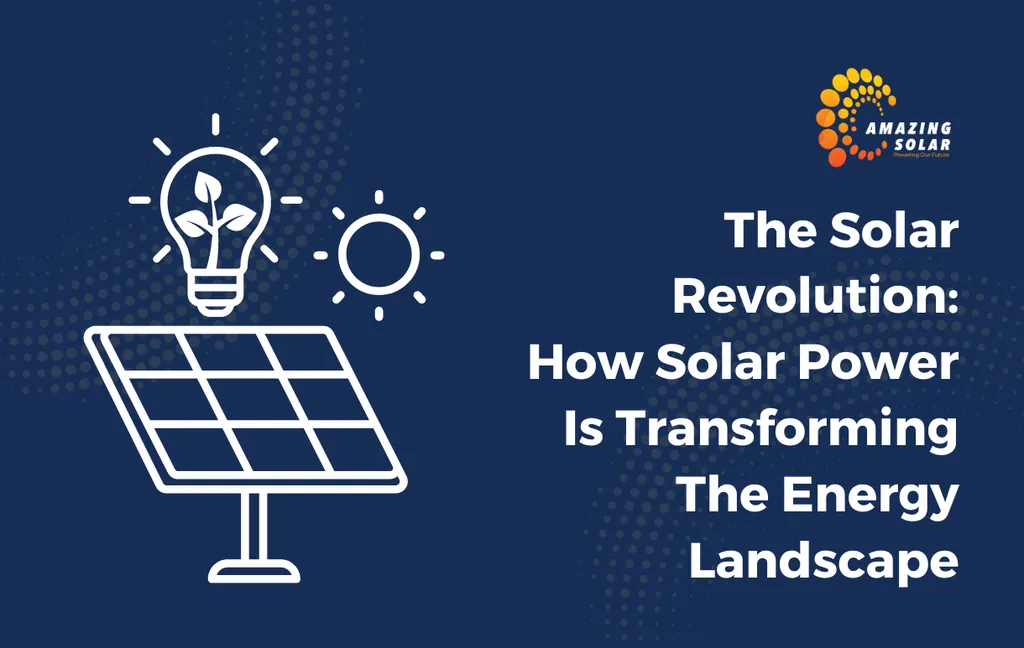In a groundbreaking study published in *Solar Compass* (translated to English as “Solar Compass”), lead author Onyekachi Nwafor from the Berlin School of Economics and Law delves into the transformative potential of integrated photovoltaic (PV) applications. This research is not just another academic exercise; it’s a roadmap for how solar energy can seamlessly merge with everyday infrastructure, from skyscrapers to farmland, reshaping the energy sector’s future.
Integrated PV systems are revolutionizing the way we think about renewable energy. By embedding solar technology into building materials, agricultural setups, and even transportation, these systems are turning passive surfaces into active energy generators. Nwafor’s study highlights recent technological advancements, such as high-efficiency multi-junction cells and perovskite solar cells, which are pushing the boundaries of what’s possible. “These breakthroughs are not just incremental improvements—they’re game-changers,” Nwafor explains. “They allow us to generate more energy with less space, making solar power more accessible and efficient than ever before.”
The study doesn’t stop at innovation; it also examines real-world case studies, offering a glimpse into the successes and challenges of deploying integrated PV systems. From solar facades on commercial buildings to agrivoltaic farms—where solar panels are installed above crops—these projects demonstrate the versatility and practicality of integrated PV. One standout example is a commercial building in Europe that integrated solar panels into its facade, reducing its energy costs by 30% while maintaining an aesthetically pleasing design. “The key is to think beyond traditional solar farms,” Nwafor notes. “When we integrate PV into existing structures, we unlock new opportunities for energy generation without compromising on functionality or design.”
Economically, the study reveals a compelling story. The dramatic decline in PV costs over the past decade has made integrated systems more viable than ever. Business models are evolving, and return on investment (ROI) for integrated PV projects is becoming increasingly attractive. “The economic viability of these systems is no longer a question of if, but when,” says Nwafor. “As costs continue to drop and efficiency improves, integrated PV will become a standard feature in new construction and retrofits.”
Policy and regulatory frameworks are also crucial to the widespread adoption of integrated PV. The study highlights government incentives, building codes, and renewable energy targets as key drivers. For instance, some regions are mandating that new buildings incorporate a certain percentage of renewable energy, which is accelerating the integration of PV into construction projects. “Policy plays a pivotal role in shaping the market,” Nwafor emphasizes. “When governments create favorable conditions, the private sector responds with innovation and investment.”
Environmentally, the benefits are clear. Integrated PV systems significantly reduce carbon footprints and contribute to sustainability goals throughout their lifecycle. By mitigating greenhouse gas emissions and promoting land-use efficiency, these systems are a win for both the planet and the energy sector.
So, what does this mean for the future? Nwafor’s research suggests that integrated PV systems are poised to become a cornerstone of the renewable energy landscape. As technology advances and policies evolve, we can expect to see these systems become more prevalent in urban and rural settings alike. “The future of energy isn’t just about large-scale solar farms—it’s about integrating solar technology into every aspect of our built environment,” Nwafor concludes. “This is how we’ll achieve a sustainable energy future.”
Published in *Solar Compass*, this study is a must-read for anyone in the energy sector looking to stay ahead of the curve. As integrated PV systems continue to gain traction, the insights from Nwafor’s research will be instrumental in shaping the next chapter of renewable energy innovation.

